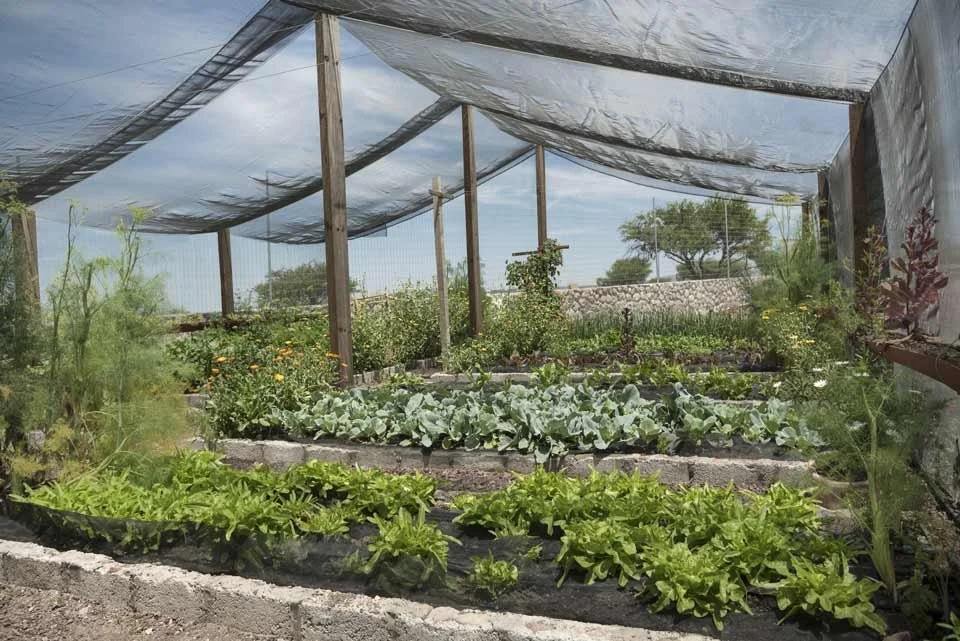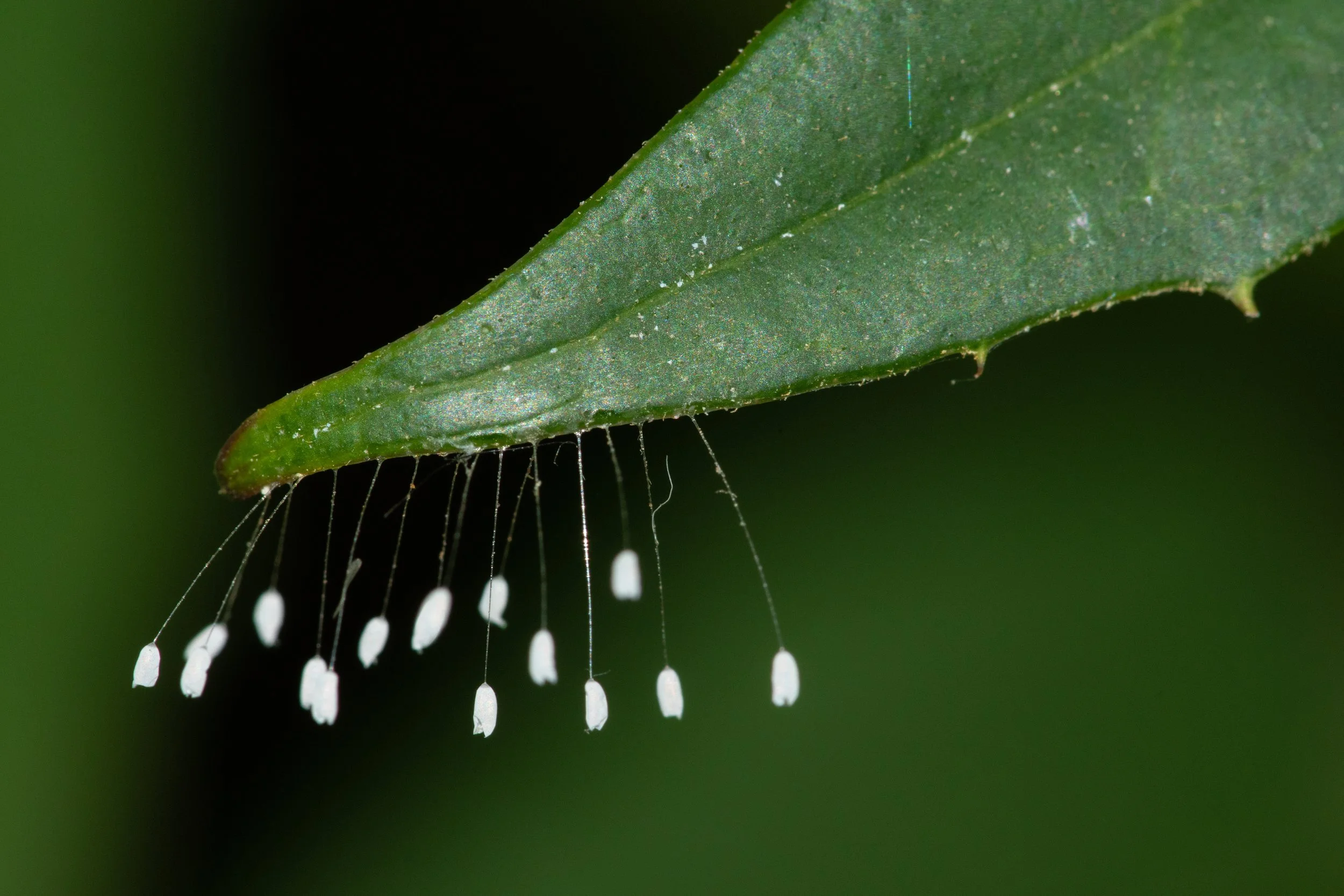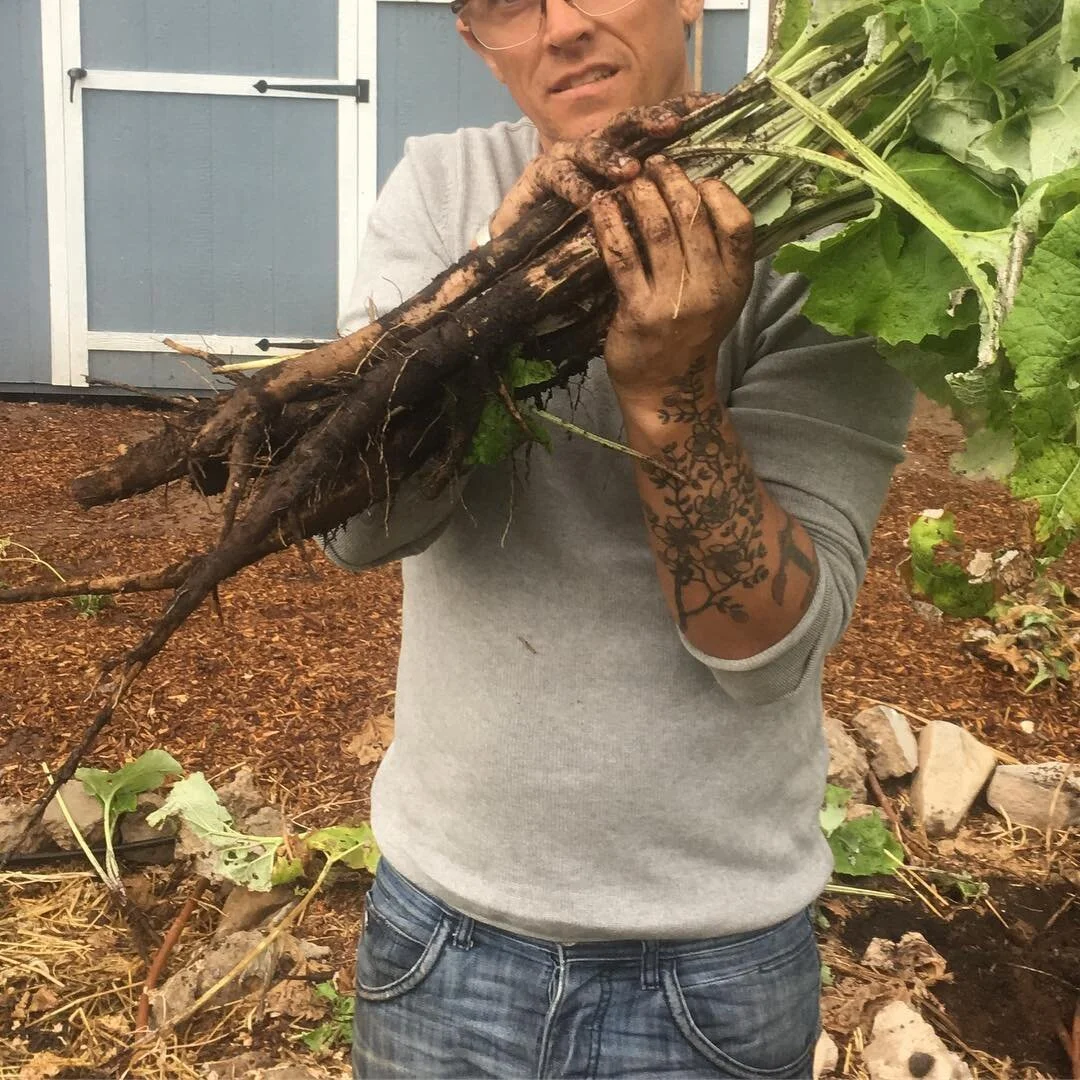Caring for Your Established Garden
Gardens aren’t something you just plant and forget. They need care. They need attention. All too often we have been trained to be good shoppers, but terrible gardeners. People take plants back to garden centers proclaiming “you sold me a bad plant”, expecting that a plant will be something they can set and forget.
But plants are not furniture. They are living things. They have needs. And domestic edible crops have even more needs than regular plants because we demand more from them than other plants. This is a basic guide to help you understand what the basic needs are and how you meet them.
Water
Where we live, water is something that cannot easily be ignored. In some climates, people seldom need to add water to their landscape or garden. But in our region, especially in the vegetable and herb garden, we need to water regularly.
There is no one formula for how often to water. There are many elements that effect how often you water. You will need to interact with your garden and use your senses to determine how often you water. These are the elements that affect how often you need to water.
DURATION
It may seem obvious, but many people don’t pay that much attention to how deeply they may or may not water. The deeper you water, the less often you will need to water again.
METHOD
Whether you water by hand, use basins, use a hose or watering can, or have a watering system—these methods all work differently. We always encourage the use of basins that are lower than the surrounding grade.
SOIL TYPE
Depending on how much organic material, oxygen (space between particles), and how deeply you have amended will effect how often you water. Also, how good drainage is will also determine how often you water.
WATER QUALITY
Yes, it matters. Rain water is more acidic and allows for more nutrition to be carried with the water into the plants, which makes plants more efficient at water usage. Tap water is of a poorer quality and is alkaline in our region. You can add gypsum or epsom salt to decrease the alkalinity of tap or well water.
HEALTH OF PLANT
How well-nourished a plant is, as just mentioned, determines how efficiently a plant uses water. Always make sure your plants are properly nourished.
MULCHING
A layer of non-reflective mulches like woodchips, straw, leaf material, etc. placed on the top of the soil around plants helps decrease evaporation, and eventually breaks down to nourish the soil. Avoid reflective materials like gravel, decomposed granite, and rock, which doesn’t do as much to prevent evaporation, and contributes to reflecting heat, which during the summer can prove to be very hard for plants to handle.
Feed Organically
We recommend an organic, general purpose fertilizer like Tony’s Magic Mix, which is made locally. The ingredients used in a locally-produced fertilizer will be the sort that are appropriate for OUR soils. Many fertilizers on the market are produced in places with totally different needs—many come from the Pacific Northwest of the US, where the soil is ACIDIC not ALKALINE like ours. So some of the ingredients they use don’t necessarily work well for us.
You also don’t need a different fertilizer for every different plant. Many fertilizer companies are traded on Wall Street and, as a consequence, must show constant growth. So they devise new products that are just slight tweaks on a product. You don’t need a different fertilizer for your garden, citrus trees, palm trees, roses, etc. if your general purpose fertilizer is BALANCED and blended to be complete.
How often you feed depends on how well you amended your soil, what sort of crops you are growing, and whether you are growing in the ground or in a container.
We only recommend using organic fertilizers. Synthetic fertilizers dehydrate and kill the beneficial microbes in our soil profile. Your organic fertilizer should have relatively lower NPK numbers like 4-3-1 or 1-5-1, not 10-20-20 or 16-20-0. Higher numbers usually indicate synthetic fertilizers, even if the product claims to be “organic”
Provide Proper Sun Exposure
Be careful, most people over-shade their garden. At our home, we grow our garden in full sun, even in summer. Our soil is very well-amended and we keep our garden fed well. But a 30% shade cloth can take the edge off of the summer heat. It can especially be a help to the garden in these days of global warming. But try not to use more than 40%—too much shade will encourage soft-weak etiolated growth on plants that is more susceptible to insect predation. Too much shade also decreases the plant’s ability to make energy, especially for fruiting plants.
Avoid reflective surfaces too close to the garden. Remember that when plants are rated for FULL SUN, that doesn’t mean they can take REFLECTIVE HEAT which is much hotter than full sun.
Also keep in mind how tall plant grow, or if they are vines, which can shade out plants that are growing just to the north of them.
Pay Attention to pH
Remember that we live in the southwest. Our soil and water source tends to be very alkaline, especially tap water. The more that time passes using tap or local well-water, the more the alkalinity can build up. The buildup of alkalinity in the soil leads to many nutrients getting locked up, unavailable for plants to use. Refreshing the soil with compost helps decrease this alkaline buildup. But eventually this needs to be dealt with.
Using rainwater instead of tap water helps a lot—the more rainwater you have at your disposal, the better. But for those of you that lack the ability to collect or direct rainwater where you need, you can use products like gypsum to manage soil pH.
You can also try adding plain epsom salt (about a quarter cup to a gallon) to the water you add to the soil. But its best to dissolve the epsom salt into the water before applying. Soil sulfur can be hard on beneficial microbes in the soil, but it also helps decrease the pH in the soil.
Clay soils will tend to be more difficult than sandy or loamy soils when it comes to pH. More frequent applications of gypsum may help, but upon amending the soil, in addition to compost, adding gravel helps a lot by holding space for more oxygen and improving drainage. Improved drainage means an easier time dissolving the accumulated minerals that cause alkalinity buildup.
The hotter the weather, the more often we need to water, and that also effects how quickly the soil pH can get alkaline. Again, this is why plants respond so well to rainwater: have you ever noticed during the summer, when you’re watering, plants may hang in there but not grow much, and then one rainfall and suddenly the plants look lusher and greener? This is because rainwater is acidic.
Work WITH Nature,
Not Against it
On that leaf in the adjacent image are eggs of the green lacewing insect. When those eggs hatch, the larvae feed upon the other insects in their immediate vicinity. That is why they are dangling on projections (they will even eat each other if they dont find insects like aphids or whiteflies first).
Nature is the best defense in the garden. Allowing predation on plants also allows for beneficial insects to do their job. Most insects that are “pests” in the garden don’t necessarily kill plants, and most plants will grow out of the predation or be consumed by predatory insects. Also, many of the insects we generally call “pests” reproduce faster than “beneficial” insects. So many of the methods, even if organic, also harm the beneficial insects. And most pests will recuperate quickly, while the beneficial insects take longer to bounce back.
The point here is to chill out. Relax. Focus on taking care of the plant’s needs and less on fighting pests.
We are not saying to NEVER intervene. But make it a last resort. And don’t assume just because an insect is present, that it is the pest that caused your problems. Grasshoppers, for example, often get blamed for the work that nighttime moth larvae do because they are conspicuous, and may even be hanging out next to the plant damage. Don’t be too quick to assume what is causing the problem. This happens ALL THE TIME and leads to misdiagnoses of “pest” issues.
Also, if you can, plant enough that you can share. And tolerate some holes in your lettuce or basil. We will address pest management in more detail on another page, but we very much recommend changing our tolerance for other forms of life existing in the garden. Our intolerance of other organisms and obsession with perfect-looking produce has led to problems that are much worse than just a few holes in your leaf of kale.
Provide the Support Your Plants need
Many crops need something to hold them up. This is especially true about warm season crops like tomatoes, or vining plants like peas or beans. Make sure you know how the plant you are growing behaves and whether or not it needs something to hold it up. For example, some beans are bushy, not viney, and won’t need support, while most are very large vines that take up lots of space. Most tomatoes need staking, but some are “determinate” and are short and bushy, not needing the support. Understand what varieties of plants you are growing and be prepared to give them the support they need.
Have a Plan for Harvesting
This doesn’t seem like plant-care, but it is. For, what is the purpose of growing vegetables and herbs if you don’t end up using them? Be prepared, as the plants you grow produce, it will be upon you to make sure you utilize those plants. This isn’t a chore, but rather a life-enriching element to gardening. Growing your own food will make you a smarter, better person. It will teach you how to care for, and respect life.
Keep track of what you have planted, and if it is a crop you are less familiar with, look up recipes and methods of preservation, so you can take advantage of the bounty you will create when you’ve done all the other hard work of keeping your plants healthy.
Planning your use of these plants will teach you more about food. And having this personal interaction with your garden will bring you closer to life on this planet, for you will be acting less as a mindless consumer, and more as a participant in ecology, which is essentially the circle of life.








